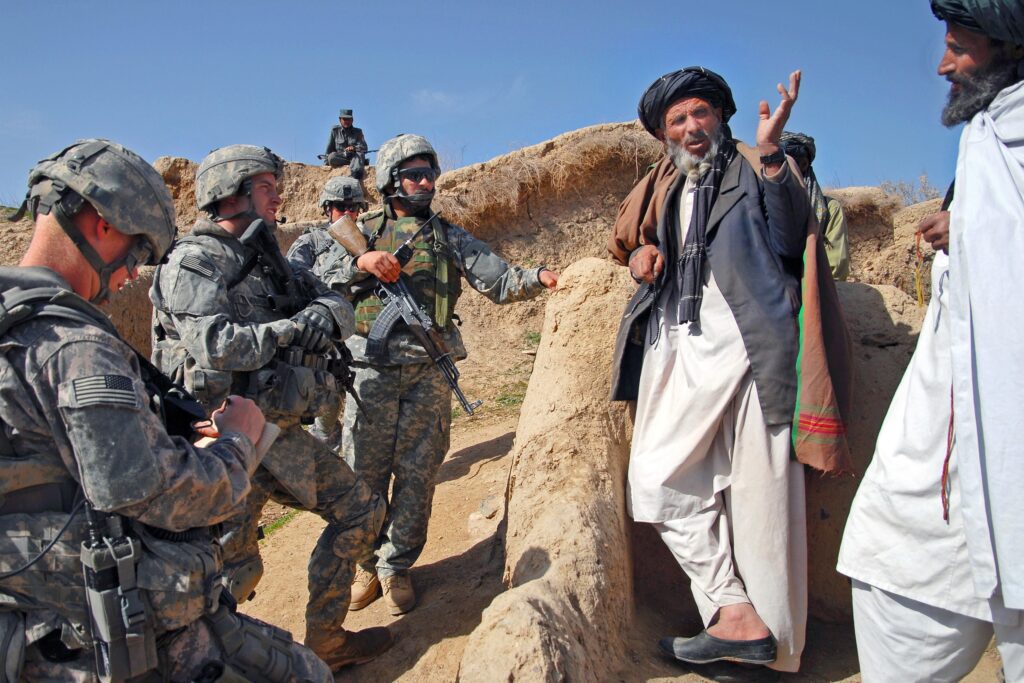Counterinsurgency warfare is a complex and challenging endeavor that requires a deep understanding of insurgent tactics and motivations. By adopting key principles such as the clear-hold-build strategy, population-centric approach, intelligence-driven operations, and coordinated civil-military efforts, military forces can effectively combat insurgency and achieve success in today’s conflicts. Techniques such as targeted operations, psychological warfare, training and capacity building, and winning hearts and minds are crucial for destabilizing and defeating insurgent groups. By implementing these strategies, military forces can neutralize the threat of insurgency, restore stability, and secure the support of the civilian population, ultimately leading to success in counterinsurgency warfare.
Counterinsurgency Warfare: Techniques for Success in Today’s Conflicts
Introduction
Counterinsurgency warfare involves fighting against irregular and non-state actors who seek to overthrow a government or control a territory through unconventional means. In today’s conflicts, it is essential for military forces to adopt effective strategies to combat insurgency and achieve success.
Understanding Insurgency
Insurgency is a form of armed conflict where non-state actors use asymmetric tactics to challenge the authority of a government or occupier. Insurgents often rely on guerrilla warfare, terrorism, and propaganda to achieve their objectives. Understanding the motivations and strategies of insurgent groups is crucial for developing effective counterinsurgency tactics.
Key Principles of Counterinsurgency
- Clear-Hold-Build: This strategy involves clearing insurgent-controlled areas, holding them to prevent their reoccupation, and building infrastructure and institutions to win the support of the local population.
- Population-Centric Approach: Counterinsurgency operations should focus on winning the hearts and minds of the civilian population to isolate insurgents and undermine their support base.
- Intelligence-driven Operations: Gathering accurate and timely intelligence is crucial for targeting insurgent leaders, disrupting their networks, and preventing attacks.
- Coordinated Civil-Military Efforts: Collaboration between military forces, government agencies, and local communities is essential for building trust, sharing information, and delivering essential services to the population.
Techniques for Success
Counterinsurgency Operations
Counterinsurgency operations involve a range of tactics aimed at destabilizing and defeating insurgent groups. These may include targeted airstrikes, raids on insurgent hideouts, and the use of special forces to disrupt enemy command and control networks.
Psychological Warfare
Psychological operations are an essential aspect of counterinsurgency warfare, aimed at influencing the beliefs, behaviors, and attitudes of the civilian population. This may involve propaganda campaigns, outreach programs, and information operations to discredit the insurgent narrative and win over local support.
Training and Capacity Building
Building the capacity of security forces and local institutions is crucial for sustaining the gains of counterinsurgency operations. Training programs, mentoring initiatives, and equipment provided by international partners can enhance the capabilities of local forces to address security threats effectively.
Winning Hearts and Minds
Winning the support of the civilian population is paramount in counterinsurgency warfare. Providing humanitarian aid, restoring public services, and conducting outreach programs to address grievances can help build trust and cooperation with local communities, isolating the insurgents and weakening their influence.
Conclusion
Counterinsurgency warfare requires a comprehensive and multidimensional approach to effectively combat insurgent groups and achieve success in today’s conflicts. By implementing key principles, tactics, and strategies, military forces can neutralize the threat of insurgency and restore stability and security in affected areas.
